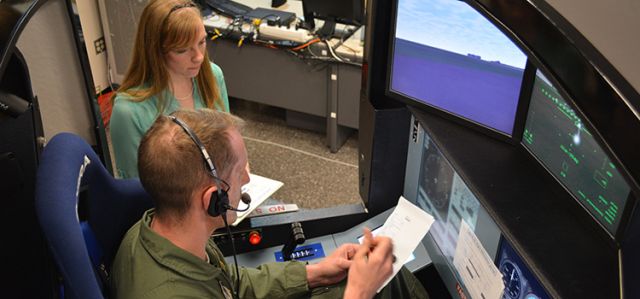Document Type
Article
Publication Date
3-3-2023
Publication Source
Sustainability
Abstract
The present research leverages prior works to automatically estimate wall and ceiling R-values using a combination of a smart WiFi thermostat, building geometry, and historical energy consumption data to improve the calculation of the mean radiant temperature (MRT), which is integral to the determination of thermal comfort in buildings. To assess the potential of this approach for realizing energy savings in any residence, machine learning predictive models of indoor temperature and humidity, based upon a nonlinear autoregressive exogenous model (NARX), were developed. The developed models were used to calculate the temperature and humidity set-points needed to achieve minimum thermal comfort at all times. The initial results showed cooling energy savings in excess of 83% and 95%, respectively, for high- and low-efficiency residences. The significance of this research is that thermal comfort control can be employed to realize significant heating, ventilation, and air conditioning (HVAC) savings using readily available data and systems.
ISBN/ISSN
2071-1050
Document Version
Published Version
Publisher
MDPI
Volume
12
Issue
5
Peer Reviewed
yes
eCommons Citation
Lou, Robert; Hallinan, Kevin P.; Huang, Kefan; and Reissman, Timothy, "Smart Wifi Thermostat-Enabled Thermal Comfort Control in Residences" (2023). Mechanical and Aerospace Engineering Faculty Publications. 260.
https://ecommons.udayton.edu/mee_fac_pub/260




Comments
This open-access article is provided for download in compliance with the publisher’s policy on self-archiving. To view the version of record, use the DOI: https://doi.org/10.3390/su12051919